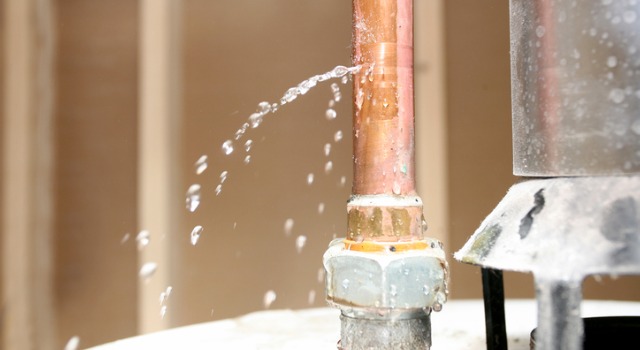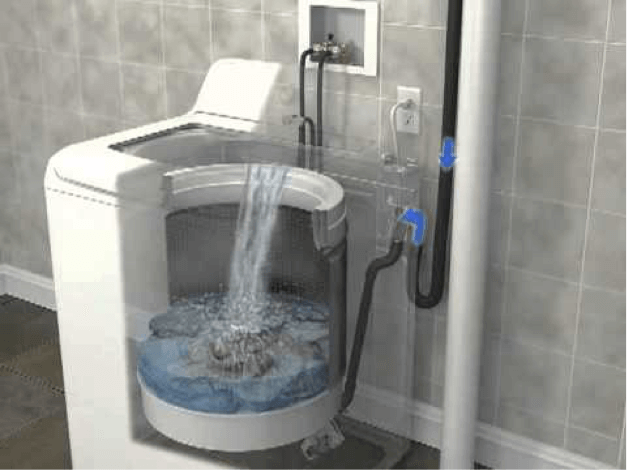Ruptured Pipes? No Panic! How to Identify as well as Repair Promptly
Ruptured Pipes? No Panic! How to Identify as well as Repair Promptly
Blog Article
Are you looking for ideas about How to install a dishwasher safely?

A burst pipeline is a major emergency; you can only stand as you see water you pay very much to reunite with the planet. In worse situations, you discover a swimming pool on your kitchen flooring, which is a terrific trip danger, particularly if you have children around. If the pipeline that ruptured was in your wall surfaces, trouble: you may require to repaint that entire area.
How can a calamity like a ruptured pipe be protected against as well as managed? Well, by paying attention to your expert emergency plumbings as well as following these regulations.
How do I recognize when my pipes have ruptured?
Changing water pressures
Pipelines do not just burst in a day. You might have discovered that your cooking area faucet or shower does not run promptly when you turn the tap. It may stop for a few secs and after that blast you with even more force than common.
In other circumstances, the water may appear typical in the beginning, then decrease in pressure after a couple of seconds.
Damp walls and also water stains
Prior to a pipe bursts, it will certainly leak, the majority of times. If this consistent dripping goes unnoticed, the leakage may finish into a large gouge in your pipeline. One easy method to prevent this emergency is to look out for damp walls ad water discolorations. These water stains will certainly lead you right to the leakage.
Puddles under pipes and also sinks
When a pipe bursts, the discharge forms a puddle. It might appear that the puddle is expanding in size, as well as despite how many times you mop the pool, in a couple of minutes, there's one more one waiting to be cleansed. Frequently, you might not have the ability to trace the puddle to any kind of visible pipes. This is an indication to call a specialist plumber.
Untraceable dripping noises
Pipeline ruptureds can happen in the most undesirable areas, like within concrete, inside walls, or under sinks. When your home goes quiet, you might have the ability to hear an irritatingly relentless trickling noise. Even after you've inspected your shower head and also kitchen tap, the leaking might proceed.
Beloved viewers, the dripping may be coming from a pipeline inside your wall surfaces. There isn't much you can do concerning that, other than tell an expert plumber.
Turn off the Water
When water freezes, it broadens in quantity by concerning 9 percent. And also it expands with tremendous force: The pressure inside pipes may go from 40 pounds per square inch to 40,000 psi! No pipeline can hold that much stress, so it bursts. The break might take place where the ice kinds, yet more often, it occurs where water pressure finds a weak spot in the pipe. That may be inches or even feet from the frozen location. Discover the water shutoff valve and turn off the water to prevent more damage. You might also need to shut off the electrical power as well, depending on where the leaks occurs and how big it is.
Contaminated water
Many people assume a ruptured pipeline is a one-way electrical outlet. Fairly the contrary. As water drains of the hole or tear in your plumbing system, pollutants discover their way in.
Your water may be contaminated from the source, so if you can, examine if your water container has any kind of issues. Nevertheless, if your drinking water is supplied and detoxified by the local government, you must call your plumber promptly if you see or smell anything funny in your water.
What do I do when I spot a ruptured pipeline?
Your water meter will continue to run also while your water wastes. To decrease your losses, discover the major controls and also turn the supply off. The water mains are an above-ground framework beside your building.
How to Fix & Detect a Leaking Pipe
How Do I Know if a Pipe is Leaking?
Leak detection tests can help you determine if your pipe has a leak. Even if you don’t see an apparent leak, you should still conduct leak detection tests regularly to save water and money—and prevent major damage to your home.
Water meter. It can be helpful to figure out what your usual water meter usage numbers are and then monitor them regularly. To monitor your meter, first, turn off all water faucets in your home. Check the meter and write down the numbers. In a few hours, check the meter again. If the numbers have changed, you have a leak. Water gauge. Use a water gauge to test your water pressure. Your showerhead should produce a certain amount of water pressure based on its model and design. If the pressure is lower than it is supposed to be for that specific showerhead, your home likely has a leak. Puddles. Look inside your bathroom, laundry, and kitchen sink cabinets. Puddles around the cabinets or around toilets, tubs, showers, and washing machines indicate the presence of a leaking pipe. You may also notice loose tiles, peeling or flaking paint, or mold caused by water accumulation. Napkin test. Even if you don’t see any puddles, you may still have a leak. You can test for water leaks in the bathroom, laundry, and kitchen by wiping below-sink connections with a napkin, paper towel, or piece of toilet paper. If it becomes damp, you probably have a leaking pipe under the sink. Discolored walls. Walls that are discolored—usually with brown or yellow stains—or bulging might mean that they have been impacted by water damage caused by a leaking pipe. Smell. A leaky pipe will create sitting water, and over time, that water may develop a musty smell. If your home smells musty, but you can’t locate the source, it may be due to a leak. Steps for Fixing a Leaking Pipe
A leaky drain can be remedied by tightening the pipe base, replacing the drain seal, caulking the rim, and tightening the pipe nut. Similarly, a leaking toilet pipe can be treated by tightening the packing nut. You may also need to replace the valve. A leaky faucet may just need tightening or replacement of the washers. If that doesn’t work, consider replacing your faucet. If your pipe has a hole in it, you may want to use a pipe leak sealer or pipe leak tape. This quick fix for water pipe leaks can also temporarily fix a copper pipe leak. https://www.ahs.com/home-matters/quick-tips/how-to-tell-if-pipes-are-leaking/

Do you appreciate more info about How to Install and Connect a New Dishwasher? Place feedback down the page. We'd be delighted to know your suggestions about this entry. We hope that you visit us again in the near future. Enjoyed our content? Please share it. Help others check it out. We thank you for reading our article about How to Prepare for Your Dishwasher Installation.
Get A Free Estimate
Report this page